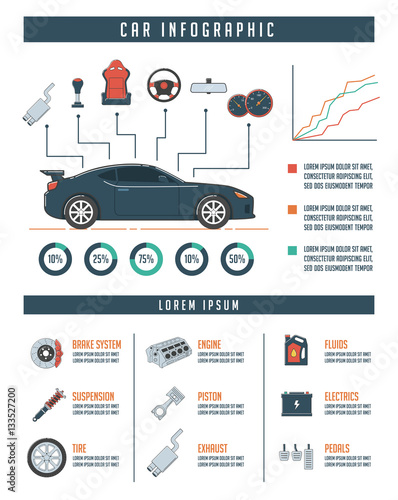Interpreting Your Car'S Alert Lights: Their True Effects
Interpreting Your Car'S Alert Lights: Their True Effects
Blog Article
Content Writer-Faulkner Corbett
When you lag the wheel, those beautiful warning lights on your control panel can be a bit difficult. Do you recognize what they're attempting to tell you about your automobile's health? Understanding the value of these lights is crucial for your security and the long life of your vehicle. So, the following time among those lights pops up, wouldn't you intend to understand its message precisely and take the needed steps to resolve it?
Common Warning Lights and Interpretations
Recognize typical warning lights in your car and recognize their meanings to guarantee safe driving.
The most typical warning lights include the check engine light, which indicates problems with the engine or emissions system. If this light begins, it's critical to have your vehicle checked without delay.
The oil stress alerting light shows reduced oil pressure, calling for prompt attention to stop engine damages.
A blinking battery light could suggest a damaged billing system, possibly leaving you stranded if not dealt with.
The tire pressure monitoring system (TPMS) light signals you to reduced tire stress, impacting vehicle stability and fuel effectiveness. Ignoring this can lead to harmful driving conditions.
The abdominal muscle light suggests an issue with the anti-lock braking system, endangering your ability to stop promptly in emergencies.
Finally, the coolant temperature level warning light warns of engine overheating, which can result in severe damage if not dealt with promptly.
Understanding these common warning lights will certainly assist you resolve issues without delay and keep secure driving conditions.
Significance of Prompt Focus
Understanding the common warning lights in your auto is only the primary step; the significance of promptly addressing these cautions can not be highlighted sufficient to ensure your security when traveling.
When a warning light brightens on your dashboard, it's your auto's way of connecting a possible problem that needs attention. Disregarding these warnings can result in much more serious issues in the future, jeopardizing your safety and possibly costing you more out of commission.
Trigger interest to warning lights can protect against failures and accidents. For car window tinting auckland price , a blinking check engine light could show a misfire that, if left unattended, can trigger damage to the catalytic converter. Addressing this without delay can save you from an expensive repair work.
Similarly, a brake system cautioning light could indicate low brake liquid or used brake pads, critical elements for your safety and security when driving.
DIY Troubleshooting Tips
If you see a warning light on your dashboard, there are a couple of do it yourself troubleshooting tips you can attempt before looking for professional help.
The first step is to consult your vehicle's manual to recognize what the particular warning light suggests. Often the concern can be as easy as a loosened gas cap triggering the check engine light. Tightening the gas cap might resolve the problem.
An additional typical issue is a reduced battery, which can cause numerous cautioning lights. Inspecting the battery connections for corrosion and guaranteeing they're safe might deal with the problem.
If a caution light continues, you can try resetting it by detaching the auto's battery for a few minutes and afterwards reconnecting it. Furthermore, inspecting your vehicle's fluid levels, such as oil, coolant, and brake fluid, can assist repair advising lights associated with these systems.
Final thought
To conclude, understanding your vehicle's warning lights is crucial for maintaining your automobile running smoothly and safely. By immediately attending to these signals and knowing what they mean, you can prevent expensive repairs and possible malfunctions.
Remember to consult your vehicle's guidebook for certain details on each cautioning light and do something about it accordingly to make certain a trouble-free driving experience.
Stay informed, remain safe on the road!
